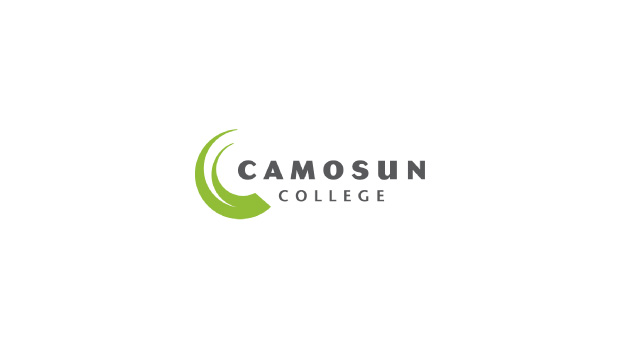Intro
Explore the chemical structure of sugars in fruits, their decomposition and their oxidation as you reveal a secret message with heat or a flame!
Volunteers: 3-8
1: to discuss the procedure/background science.
1-5: to hands-on assist with the procedure (each set-up should have a dedicated volunteer because the procedure is dangerous (heat)).
1: to monitor safety (especially if it’s a larger group of students).
Equipment
- Small cups (can be plastic or glass)
- Q-tips
- *Gloves (optional, all materials are safe)
- *Hand sanitizer (optional, to clean hands afterward)
- **Garbage bags, paper towels/surface cleaner (or other safe disposal method)
- ***Source of heat (lighter, stove, iron, hot lightbulb)
Materials
- Lemon juice (fresh from the bottle works just fine)
- White paper (unlined)
Procedure
- Fill the bottom of a small plastic cup with lemon juice
- Soak a Q-tip in the lemon juice
- Write your message! Make your letters big and clear and keep the message simple and short (re-soak the Q-tip as often as is needed, you want the message really wet)
- Allow the paper to dry (the wet message will disappear)
- Bring your paper close to the heat source, and watch your message re-appear! (the message should re-appear no matter which side of the paper is heated)
Background Science
Learning Question: What is the chemistry behind lemon (or other fruit) juice? What happens here with the flame? What is a decomposition reaction? What is oxidation?

Half a cup of lemon juice is made up of roughly: 89% water, 1 gram of protein, 0.3 grams of fat, and 9.3 grams of carbohydrates (roughly equal parts sugar and fiber). Lemon juice, like most fruit juices, contains two of the simple sugars (glucose, fructose)(or monosaccharides) and sucrose (a disaccharide).


If you unravel the three simple sugars (monosaccharies) from their cyclic form you get the following. As you can see, sugars (or carbohydrates) are made up of only carbon, oxygen, and hydrogen atoms. These compounds are pretty much colorless at room temperature.
However, heat breaks down these compounds and releases the carbon. When free carbon comes into contact with air (specifically oxygen), oxidation occurs and the substance containing the carbon turns light or dark brown. If it oxidizes long enough it can go black.
If left near the heat source too long, the paper (also carbon based) will eventually burn or oxidize and turn brown or black too.
This same concept of carbon oxidation in fruit sugars is what causes your banana or apple to brown when you leave them sitting out for too long!




























